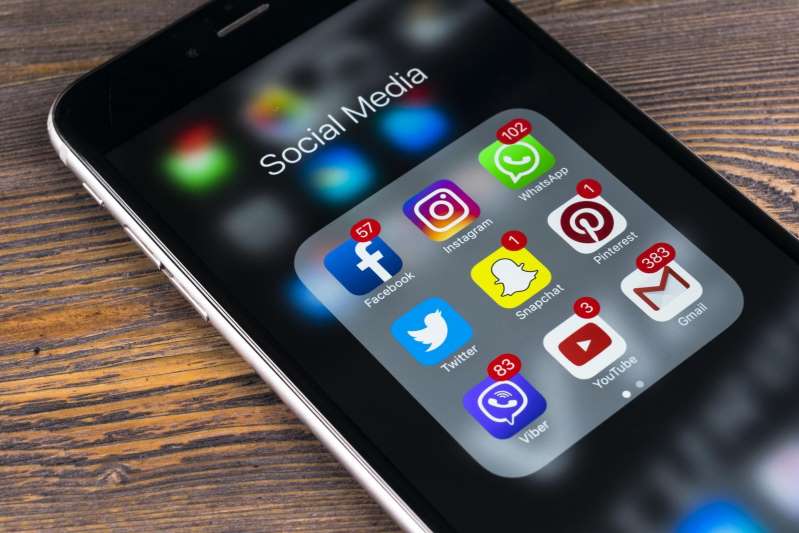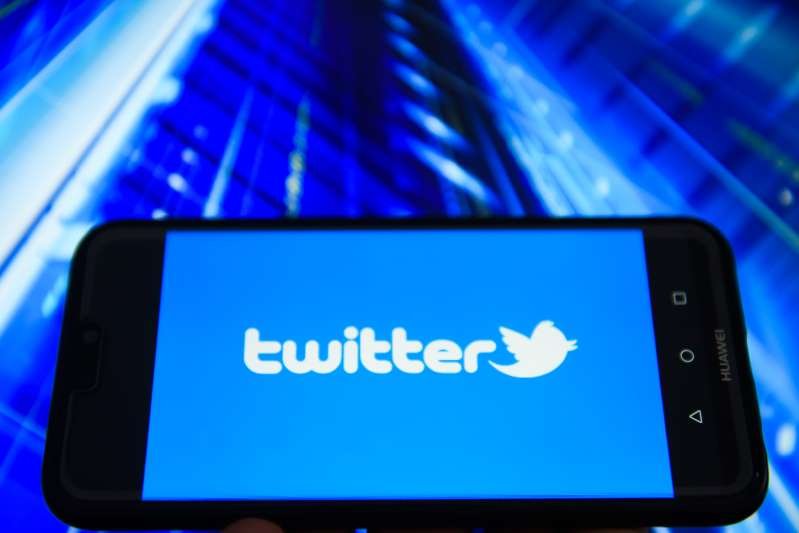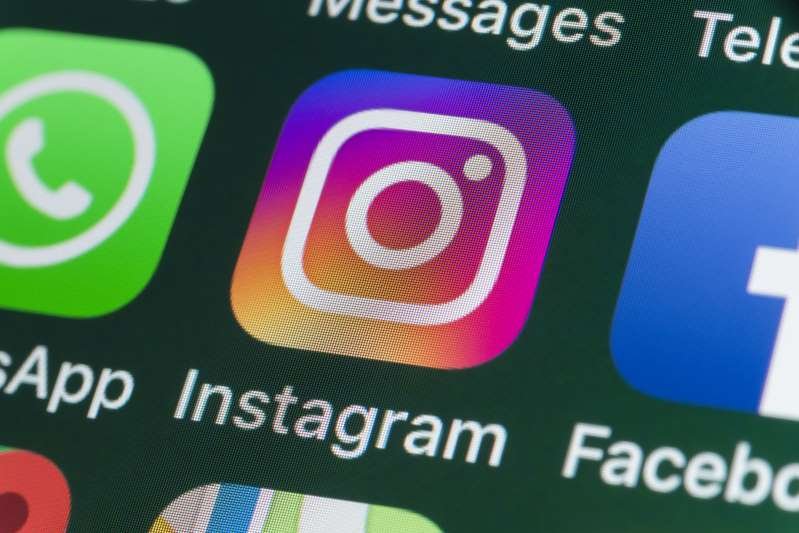Technology
What happens to your Instagram, FB, Twitter accounts when you die

We’re often told to be careful what we post online, as it will be there forever – even when you die.
In the age of social media, everyone’s digital life remains available after their deaths. However, what each social media platform does with accounts when its users pass away varies – and also depends on the wishes of the immediate family.
For some people, having the option to visit a deceased person’s social media account can offer comfort, while others prefer that the page is deleted for good when a loved one passes away – so some social media platforms offer both options.

On Facebook, where millions of users have died and left behind profiles since the site’s inception, the account of a loved one can be turned into a memorial account or closed forever.
When Facebook, which sees 8,000 members die a day, according to ABC, first introduced memorial accounts, anyone could report a user as dead – which would permanently lock the account and keep it from posting updates or appearing in birthday notifications.

However, in 2015, the platform announced a policy that would implement a “Legacy Contact,” who, in the event that a person died, could sign on to the account and “pin a post on the Timeline.”
The legacy contact, chosen from someone’s Facebook friends, cannot read the deceased person’s messages but can change their profile photo and archive posts and photos.
Users can also choose to have their profiles permanently deleted when they die, by choosing the option under settings then security.

Following a loved one’s death, a family member can also request that Facebook removes the profile by sending a death certificate.
Instagram also has a similar policy for dealing with deceased users, as pointed out by The Sun.
According to Instagram’s policy, the account of a deceased person can either be reported and then memorialised, or an immediate family member can request that the account be deleted.

To an account, Instagram requires proof of death “such as a link to an obituary or news article.”
On Twitter, the only option when someone dies is to have the account deactivated.
To deactivate a Twitter account following the death of a loved one, Twitter requires an immediate family member to present a copy of their ID and a death certificate of the deceased.

For Pinterest users who have passed away, the platform will deactivate the profile if requested by a family member.
The site does specify, however, that it will not give out any personal or login information following the death of a user.
As for email accounts, Gmail will also close a deceased person’s account at the request of an immediate family member.

The email platform may also “provide content from a deceased user’s account” in certain circumstances.
Or, users can opt to turn on the option of Inactive Account Manager, which will share or delete an account after a period of inactivity.
-

 How to3 weeks ago
How to3 weeks agoHow to Check if Your Tax Consultant E-Verified Your Return Properly
-

 Health3 weeks ago
Health3 weeks agoWhat Happens When You Drink Black Coffee Every Day for 30 Days?
-

 Technology3 weeks ago
Technology3 weeks agoPerplexity AI Now on WhatsApp: Ask Questions, Get Summaries, Generate Images & More
-

 Money3 weeks ago
Money3 weeks agoJSW Cement IPO Opens: GMP, Price, Subscription Status, Review & Should You Invest?
-
![ChatGPT 5 Launched: Who Can Access It, How to Use It & Is It Free? [2025 Guide]](https://www.regularstation.com/wp-content/uploads/2025/08/2DAdWvVdE7ivGpRiqcLMfU-400x240.jpg)
![ChatGPT 5 Launched: Who Can Access It, How to Use It & Is It Free? [2025 Guide]](https://www.regularstation.com/wp-content/uploads/2025/08/2DAdWvVdE7ivGpRiqcLMfU-80x80.jpg) Technology3 weeks ago
Technology3 weeks agoChatGPT‑5 Launched: Who Can Access It, How to Use It, and Is It Free?
-

 Cryptocurrency3 weeks ago
Cryptocurrency3 weeks ago5 Cryptos That Could Challenge Solana (SOL) And Grow Your Portfolio 5000% In 2025
-

 Health3 weeks ago
Health3 weeks agoCoconut Water Isn’t for Everyone: 6 People Who Should Avoid It
-

 Health7 days ago
Health7 days ago5 Best Protein Sources for Vegetarians and Non-Vegetarians






